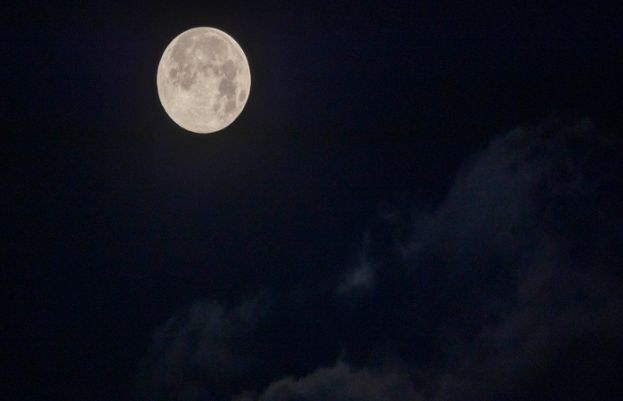Get ready to witness the first full moon of the year, also known as the “Wolf Moon”, as this spectacular celestial event is scheduled to illuminate the sky on Thursday night, with Venus, Mercury and Mars also expected to appear early Friday morning, thanks to the moon’s rays. According to an international news magzine , the “Wolf Moon” will hit its peak at 12:54pm ET, with most of the Northern Hemisphere able to see it later in the evening. The name “Wolf Moon” comes from the packs of wolves that howl outside villages during winter, usually around January. You’ll have a limited time to enjoy this marvellous lunar event, as moonrise is expected at 4:56pm, followed by sunset just eight minutes later at 5:04pm. Other planets will be illuminated under the full moon’s light: Venus will rise at 5:11 am on Friday, and Mercury will rise almost an hour later at 6:05am, followed by Mars at 6:09am. According to the National Aeronautics and Space Administration (Nasa), the moon’s 29.5-day cycle gives a full moon every month, which may not always occur on the same day. The moon undergoes eight phases during this time: new moon, waxing crescent, first quarter, waxing gibbous, full moon, waning gibbous, third quarter and waning crescent. During the full moon phase, the moon appears as a perfect circle in the sky because the entire side of the moon that’s facing the Earth is lit up by the Sun’s rays. According to an international news website, if you use binoculars, you will be able to see Venus glowing brightly just before dawn on Saturday Meanwhile, Mercury will be visible 45 minutes before sunrise, lower in the sky. Clear skies may allow gazers to get a glimpse of Mars, which will be dimmer next to Mercury. Nasa predicts the waning moon — the phase between full and half moon — will pass near the brightest star in the Leo constellation, Regulus, on Saturday morning.
When and where to see the Wolf Moon, first full moon of 2024

